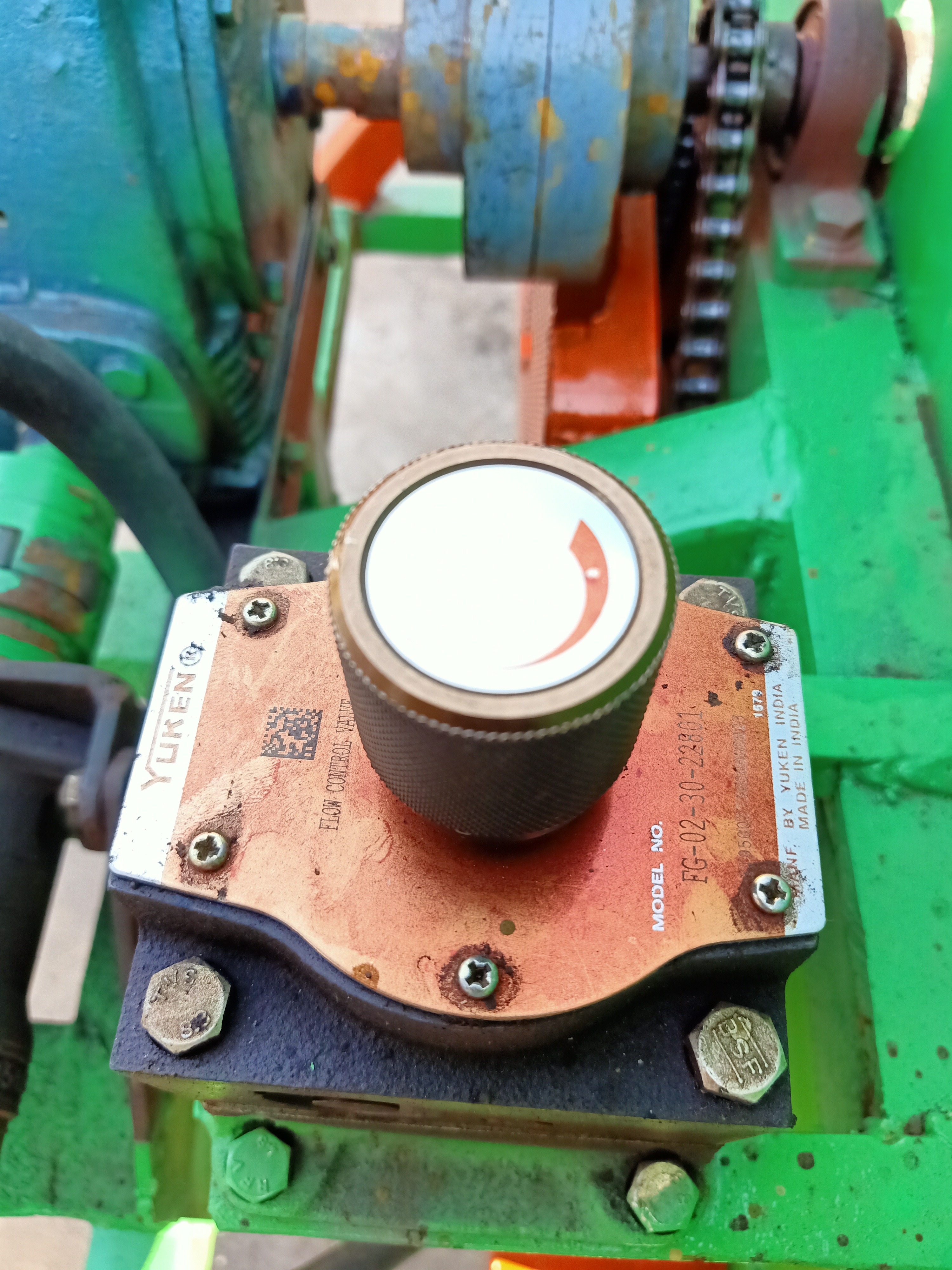|
Flow Control (other) , in computing
{{disamb ...
Flow control may refer to: * Flow control (data), in communications ** Ethernet flow control * Flow control (fluid), in fluid dynamics * Air traffic flow control See also * Control flow In computer science, control flow (or flow of control) is the order in which individual statements, instructions or function calls of an imperative program are executed or evaluated. The emphasis on explicit control flow distinguishes an ''imper ... [...More Info...] [...Related Items...] OR: [Wikipedia] [Google] [Baidu] |
Flow Control (data)
In data communications, flow control is the process of managing the rate of data transmission between two nodes to prevent a fast sender from overwhelming a slow receiver. Flow control should be distinguished from congestion control, which is used for controlling the flow of data when congestion has actually occurred. Flow control mechanisms can be classified by whether or not the receiving node sends feedback to the sending node. Flow control is important because it is possible for a sending computer to transmit information at a faster rate than the destination computer can receive and process it. This can happen if the receiving computers have a heavy traffic load in comparison to the sending computer, or if the receiving computer has less processing power than the sending computer. Stop-and-wait Stop-and-wait flow control is the simplest form of flow control. In this method the message is broken into multiple frames, and the receiver indicates its readiness to receive a fra ... [...More Info...] [...Related Items...] OR: [Wikipedia] [Google] [Baidu] |
Ethernet Flow Control
Ethernet flow control is a mechanism for temporarily stopping the transmission of data on Ethernet family computer networks. The goal of this mechanism is to avoid packet loss in the presence of network congestion. The first flow control mechanism, the pause frame, was defined by the IEEE 802.3x standard. The follow-on priority-based flow control, as defined in the IEEE 802.1Qbb standard, provides a link-level flow control mechanism that can be controlled independently for each class of service (CoS), as defined by IEEE P802.1p and is applicable to data center bridging (DCB) networks, and to allow for prioritization of voice over IP (VoIP), video over IP, and database synchronization traffic over default data traffic and bulk file transfers. Description A sending station (computer or network switch) may be transmitting data faster than the other end of the link can accept it. Using flow control, the receiving station can signal the sender requesting suspension of transmissions ... [...More Info...] [...Related Items...] OR: [Wikipedia] [Google] [Baidu] |
Flow Control (fluid)
Flow control is a major rapidly-evolving field of fluid dynamics. It implies a small change of a configuration serving an ideally large engineering benefit, like drag reduction, lift increase, mixing enhancement or noise reduction. This change may be accomplished by passive or active devices. Passive devices, like turbulators or roughness elements, are steady and require no energy by definition. Active control requires actuators that may be driven in a time-dependent manner and require energy. Examples are valves and plasma actuators. The actuation command may be pre-determined (open-loop control) or be dependent on sensors monitoring the flow state (closed-loop control). Active control Airplane wing performance has a substantial effect on not only the runway length, approach speed, climb rate, cargo capacity, and operation range but also the community noise and emission levels. The wing performance is often degraded by flow separation, which strongly depends on the aerodynamic de ... [...More Info...] [...Related Items...] OR: [Wikipedia] [Google] [Baidu] |
Air Traffic Flow Control
Air traffic control (ATC) is a service provided by ground-based air traffic controllers who direct aircraft on the ground and through a given section of controlled airspace, and can provide advisory services to aircraft in non-controlled airspace. The primary purpose of ATC worldwide is to prevent collisions, organize and expedite the flow of air traffic, and provide information and other support for pilots. Air traffic controllers monitor the location of aircraft in their assigned airspace by radar and communicate with the pilots by radio. To prevent collisions, ATC enforces traffic separation rules, which ensure each aircraft maintains a minimum amount of empty space around it at all times. In many countries, ATC provides services to all private, military, and commercial aircraft operating within its airspace. Depending on the type of flight and the class of airspace, ATC may issue ''instructions'' that pilots are required to obey, or ''advisories'' (known as ''flight inform ... [...More Info...] [...Related Items...] OR: [Wikipedia] [Google] [Baidu] |


